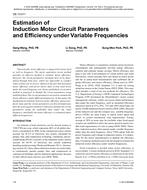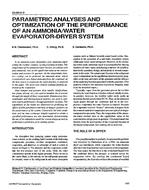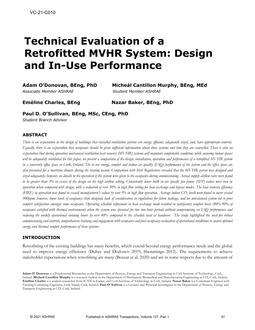Several installations of coil-based mechanical chilling for gas turbines are now more than 15 years old. Experience has shown that carryover of water droplets into the ductwork and, hence, into the gas turbine bellmouth has not been demonstrated by long-term operational experience.
In this paper, we attempt to quantify the methodology for calculating the air and water conditions for a chiller coil installation. For comparison purposes, we provide a similar calculation for an inlet fogging system. We show that the carryover due to the overspray associated with inlet fogging is several orders of magnitude greater than from a chilling coil when installed with a typical drift eliminator.
To date, it has not proven feasible (in a practical method) to measure in the field the quantity of water entrainment associated with a cooling coil. We have taken a very conservative approach with this analysis, showing the worst-case assumptions, even though empirical data strongly support otherwise. Our calculations show that a conservative coil design yields a manageable amount of condensate carryover off the back face of the coil, which, in turn, is almost totally mitigated by the use of a drift eliminator. By applying several layers of conservatism to our calculations, we can demonstrate a high estimate of approximately 0.04 gpm (9 liter per hour) of water carryover to the turbine, mostly of very small aerosol droplets.
Citation: Symposium, ASHRAE Trans. vol. 111, pt. 2, paper no. DE-05-3-2, p. 476-484
Product Details
- Published:
- 2005
- File Size:
- 1 file , 2.9 MB
- Product Code(s):
- D-26961


